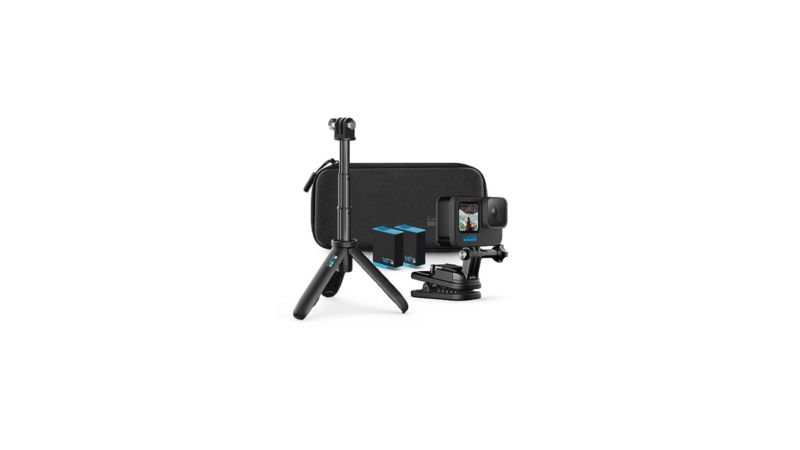What is the major difference between Twitter and Threads?

What is the major difference between Twitter and Threads?
Twitter and threads are two distinct concepts on the platform. Here’s an explanation of the major differences:
Twitter:
Twitter is a social media platform that allows users to post short messages known as “tweets.” Originally, tweets were limited to 140 characters, but this limit was later increased to 280 characters. Twitter is designed for quick and concise communication, making it popular for sharing thoughts, news updates, opinions, links, images, and videos. Each tweet is a standalone message, and users can interact with them by liking, retweeting, or replying. It is primarily used for real-time updates and public conversations.
Threads:
A thread on Twitter is a series of connected tweets posted by the same user. When a user wants to share more extensive content than what can fit within a single tweet, they can create a thread by replying to their previous tweet. This allows them to maintain continuity and create a longer narrative or discussion. Threads are often used for storytelling, explaining complex ideas, providing step-by-step guides, or sharing multi-part thoughts. Users can easily follow the sequence of tweets within a thread by clicking on the “Show this thread” option.
Let’s delve into more detail about Twitter and threads:
Twitter:
Twitter is a microblogging social media platform founded in 2006. It quickly became one of the most popular platforms for real-time communication and information sharing. Users, known as “tweeters,” can post short messages called “tweets” that are limited to 280 characters (originally 140 characters).
The platform’s character limit was initially imposed to fit within SMS constraints, but it also led to a unique style of communication, forcing users to be concise and creative in their messages. The brevity of tweets has become a defining feature of Twitter, enabling fast-paced discussions and breaking news dissemination.
Twitter’s main features include:
Tweeting: Users can post tweets that may contain text, images, videos, links, and hashtags. Tweets can be public or protected (viewable only by approved followers).
Following: Users can follow other accounts to see their tweets on their timelines. When you follow someone, their tweets appear in your feed, allowing you to stay updated with their posts.
Retweeting: Users can share tweets from others with their followers by retweeting. This is an essential feature for content amplification and virality.
Likes and Replies: Users can engage with tweets by liking them or replying to them. Replies are an integral part of public conversations on Twitter, facilitating discussions between users.
Hashtags: Hashtags are words or phrases preceded by the “#” symbol, used to categorize tweets and make them discoverable to a broader audience.
Threads:
As Twitter’s character limit restricts the length of individual tweets, users often found creative ways to express more extended thoughts or share in-depth content. To address this, Twitter introduced the concept of threads.
A thread is a series of connected tweets posted by a single user. To create a thread, a user starts by posting a tweet and can then reply to their own tweet to add another one, forming a chain of related messages. Threads are useful for various purposes:
Storytelling: Users can use threads to share personal experiences or narratives that exceed the character limit of a single tweet.
Tutorials and Guides: Threads are excellent for presenting step-by-step guides or tutorials on a specific topic.
Thoughtful Discussions: When a topic requires more nuanced explanations or elaboration, threads enable users to engage in more in-depth discussions.
Breaking News and Live Updates: Journalists and news organizations often use threads to provide real-time updates on developing stories.
Twitter has integrated the thread feature into its platform, making it easy for users to follow a thread by clicking on the “Show this thread” option, displaying all related tweets in chronological order.
Threads have become a valuable tool for content creators and communicators to share complex or comprehensive information without the need to resort to external platforms or blog posts. They allow for a coherent presentation of ideas and maintain the context throughout the discussion.
In conclusion, Twitter’s character limit led to the development of threads as a way for users to share longer and more organized pieces of content. Threads are now an integral part of Twitter’s communication ecosystem, enabling users to tell stories, engage in discussions, and provide detailed information in a convenient and accessible manner.

neelam tyagi
Technical content writer with a master’s degree in Technology and a keen interest in Tech and Information Technology. She has over three years of experience in writing content for various online platforms, such as Boomi Techie, and Tech Mantra. She creates content that educates and empowers readers on topics such as AI, Tech News, and Innovations. She uses clear and concise language to explain complex tech concepts and terminologies.




